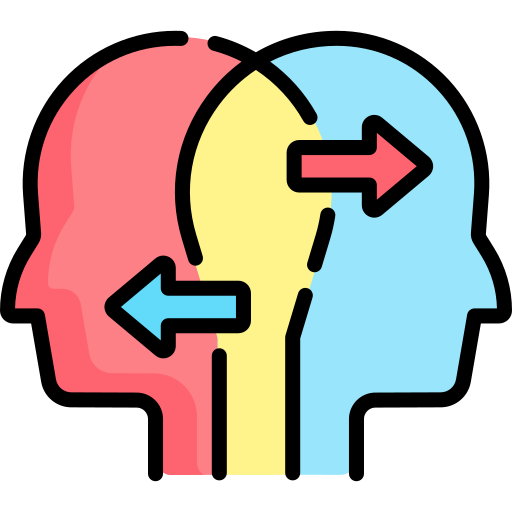Energy
Energy
Scientists define energy as the ability to do work. Modern civilization is possible because people have learned how to change energy from one form to another and then use it to do work. People use energy to walk and bicycle, to move cars along roads and boats through water, to cook food on stoves, to make ice in freezers, to light homes and offices, to manufacture products, and to send astronauts into space.
There are many different forms of energy, including
These forms of energy can be grouped into two general types of energy for doing work:
There are many different sources of energy, which can be divided into two basic categories:
Renewable and nonrenewable energy sources can be used as primary energy sources to produce useful energy such as heat, or they can be used to produce secondary energy sources such as electricity and hydrogen. (Source: U.S. Energy Information Administration)
Knowledge Centre
In this section, there are reports and research on bio-gas, data, education, emissions, energy tools, fossil fuels, hydrogen, hydropower, investment, renewable energy, solar, storage, technology, utilities, waste-to-energy, wind, images and infographics.
References:
- Energy: Freepik from Flaticon
- Knowledge Centre: Freepik from Flaticon
- Information: CleanPNG
- Links: Icon Finder
- Video: Freepik





